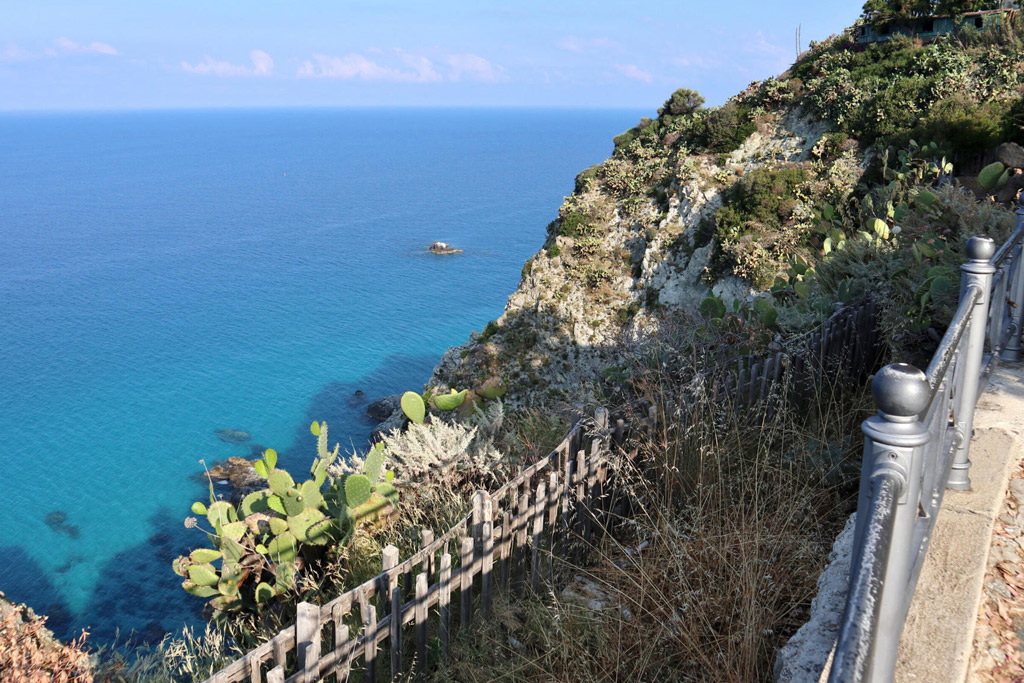Our rockfall attenuator barriers, often referred to as hybrid barriers, are utilised in passive rockfall hazard prevention because they combine the energy absorption characteristics of a dynamic rockfall barrier with the advantages of draperies mesh, such as lower maintenance requirements. The fence mesh is longer and drapes down the slope instead of being fastened to a lower support cable, which allows it to slow the descent of falling rocks.
On slopes where there is a “run-out” zone beneath the barrier where the rocks can eventually stop or be gathered harmlessly, attenuator systems are employed.
To help our engineers provide clients with practical solutions, we have created engineering software.
The bulk of field experiments for controlled rockfall mitigation systems that have been carried out in the United States and Europe have been restricted in that they only record the translational movement of a falling rock.
The CDOT field test study offered a special chance to evaluate these devices’ toughness when struck by test pebbles with a rotational component, which is more realistic. It is highly challenging to accurately describe the potential “slicing” impact that the rotational movement of a falling rock introduces in laboratory studies.
How it works
Rather than being secured to a lower support cable, the fence mesh is longer and drapes down the slope. Therefore, a falling rock is not captured and stopped as with a traditional rockfall barrier, but following impact with the barrier, the rock continues down the slope beneath the mesh draped down the slope face. The rock is progressively slowed beneath the mesh.
Hybrid and attenuator systems are used on slopes where there is available ‘run-out’ space beneath the barrier in which the rocks can ultimately stop or be collected harmlessly.

